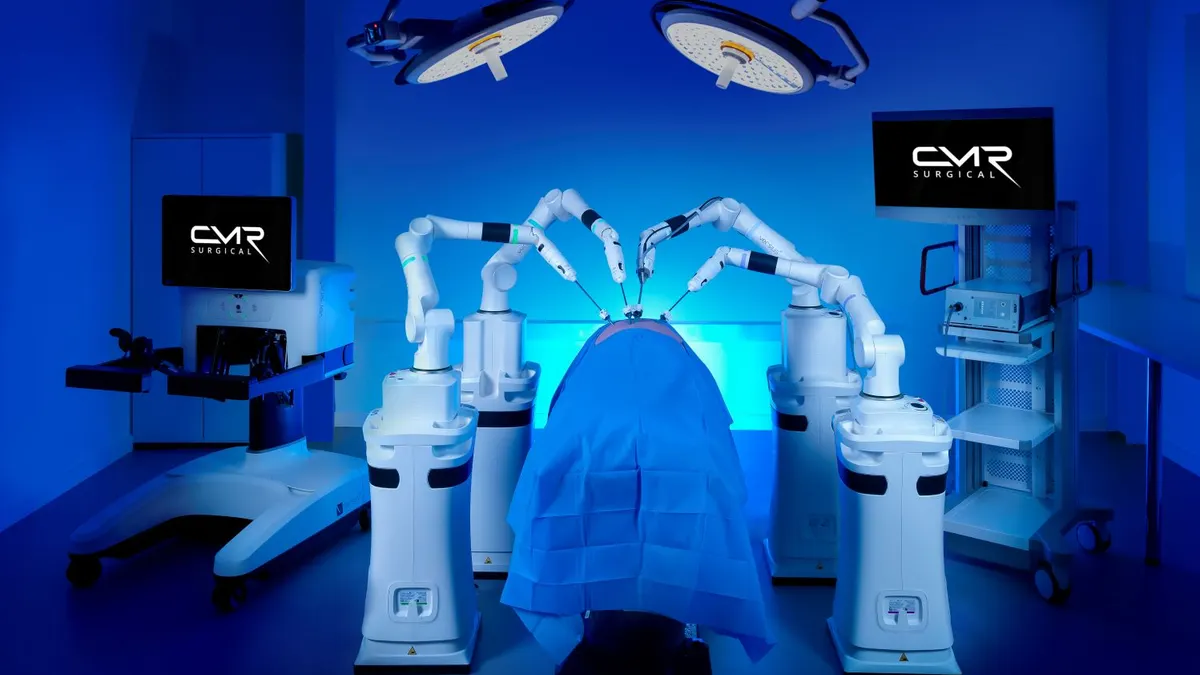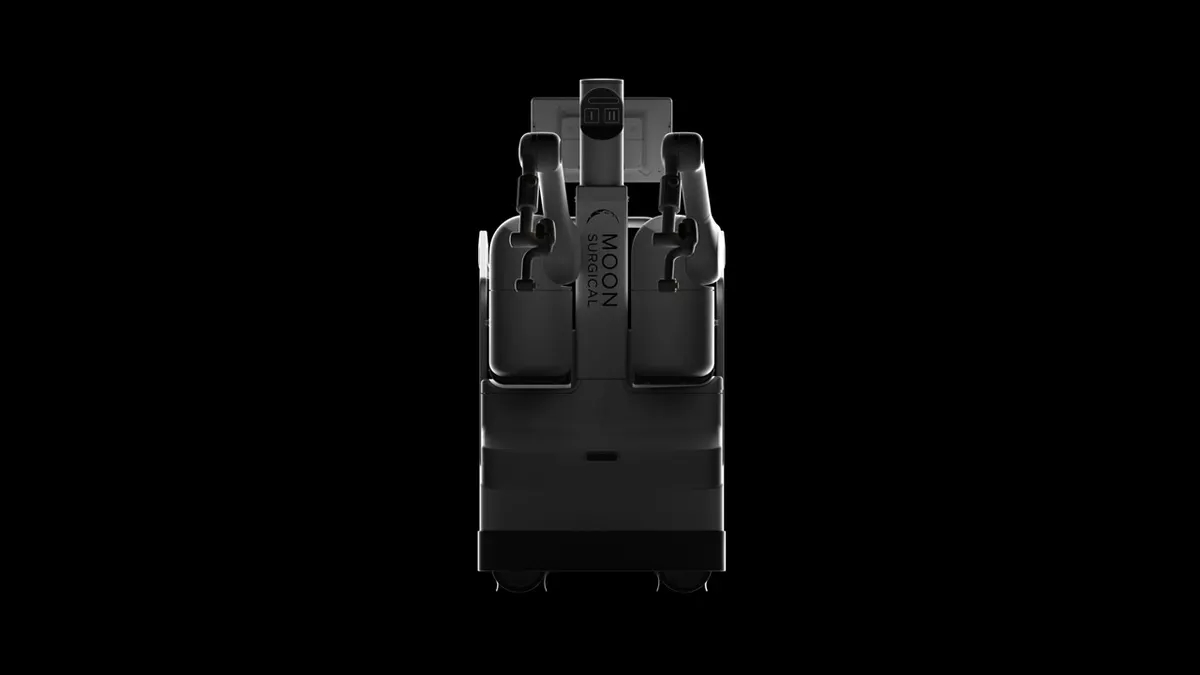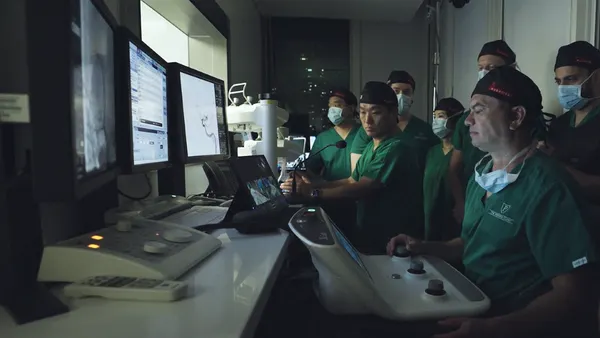AdvaMed welcomed the recent signing of the United States-Mexico-Canada Agreement, pointing to several provisions it hopes will lower non-tariff barriers to cross-border commerce related to inspections, regulation and reimbursement.
Following the Nov. 30 signing of the pact by President Trump and his counterparts in Canada and Mexico, the lobby for most big medical device companies highlighted why it thinks the NAFTA replacement is a good deal for the medical device industry. Lawmakers still need to sign off on the deal in the three countries.
USMCA, like its predecessor, is a lengthy document with far-reaching implications for many industries and people in the U.S., Canada and Mexico. The full extent of that impact will only become clear once the agreement has been in effect for years, but interest groups have already assessed the likely results of the deal and claimed victories.
“We believe the United States-Mexico-Canada Agreement represents a significant step forward in terms of transparency, regulatory fairness and ensuring open access to the markets of all three countries,” AdvaMed CEO Scott Whitaker said in a statement Thursday. “The agreement includes new provisions that apply to medical devices that will foster greater patient access to the latest medical technology innovations and further regulatory harmonization.”
Relevant provisions to the medical device industry include a commitment that the countries will work to improve their cooperation on inspections of quality management systems. This will entail the recognition of audits that follow the requirements of the Medical Device Single Audit Program and are performed by authorized auditing organizations, regardless of whether the body is based in the U.S., Canada or Mexico.
That change is one of several ways in which USMCA is designed to bring down non-tariff barriers to trade. Other chapters of the trade agreement with that broad goal cover good regulatory practices (GRPs) and medical device reimbursement.
The chapter on GRPs is designed to ensure that high-quality data and scientific evidence underpin all regulations in the U.S., Canada and Mexico. That means regulators must “seek the best, reasonably obtainable information” when developing their positions and be transparent about the sources they use. To ensure the industry understands the regulations and how they were developed, each country must maintain a website containing the relevant information and communicate in plain language.
That focus on transparency carries through to the section on medical device reimbursement, which indicates that when a national body makes a reimbursement decision, it should do so within a reasonable amount of time and while following publicly-available rules. The deal states applicants should have the chance to comment during the decision process and appeal the ruling.
Other important changes include the creation of a harmonized definition of medical devices and the inclusion of a chapter on technical barriers to trade. AdvaMed contends these provisions will work hand in hand with the changes to GRPs and reimbursement to make it easier for U.S. exporters to access the Canadian and Mexican markets.
While these changes could have positive effects on the volume of trade between the countries, there may be less scope for growth than there was when NAFTA was implemented in 1994. Following the passage of that tariff-busting deal, U.S. manufacturers became increasingly reliant on plants in Mexico for parts used in the assembly of medical devices. By 2016, the trade in medical equipment between the three countries had grown to $16.5 billion, a 760% increase over the pre-NAFTA level, according to Medical Product Outsourcing.
The signing of the deal by the leaders of the U.S., Canada and Mexico moves the agreement a step closer to approval, but other politicians in each of the countries still need to formally back the text. AdvaMed is urging the U.S. Congress and the governments of Canada and Mexico to approve USMCA as quickly as possible.
However, with Democrats now controlling the House of Representatives, it is possible the deal may get held up in Congress, both because of an unwillingness to help President Trump and a belief that the deal has flaws.
Sen. Sherrod Brown, D-Ohio, is among the lawmakers who think the shortcomings of the deal warrant actions to slow its progress toward ratification.
"The president needs to talk to Congress on this, and we can go back to the table with the Mexicans and the Canadians and do stronger labor standards," Brown told CNN. "This doesn't live up to the promise the president said, that it would be a renegotiated NAFTA, helping workers and stopping outsourcing, because it doesn't do that yet. I'm hoping that it will."
Even if Congress and its counterparts in Canada and Mexico wave through the deal, it will still likely be months before medical device companies benefit from the agreement. Most of the provisions set are expected to come into force in 2020.




















